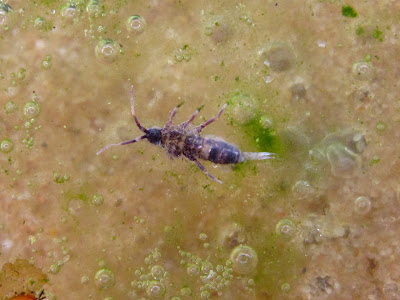Why do they get together like this? does this behaviour give them some advantage early in their lives?
Experiments revealed that spiderlings can survive and make normal webs when reared in isolation. Although communality does not seem necessary for survival, communally reared spiderlings survival rates were higher than spiderlings reared in isolation. High air humidities made spiderlings came closer together in their communal webs: this could be an adaptation to avoid becaming trapped in water dropplets in the rain when isolated which can easily result in drowning for such small animals. The communal behaviour could also offer protection against predators: all spiderlings sitting in the middle of a radial web is a very good sensory device that could provide them an early warning system for approaching predators, especially when coupled with their surprising explosive dispersal reaction to minimum disturbance.
When the air was dry and the yolk has been absorbed, spiderlings came apart from each other, and it is in such dry conditions that spiderlings make a long silk thread that allows them to balloon in the air and disperse from their natal place.
This is the cocoon spiderlings emerged from
Spiderling ball. The communal web is just visible
The spiderlings felt a little gust of air -from my breathing near them when taking the photo above - and rapidly came apart.
More information
Burch, T . L . 1979. The importance of communal experience to survival for spiderlings of Araneus diadematus (Araneae : Araneidae). J . Arachnol . 7 :1-18 . here.




















































